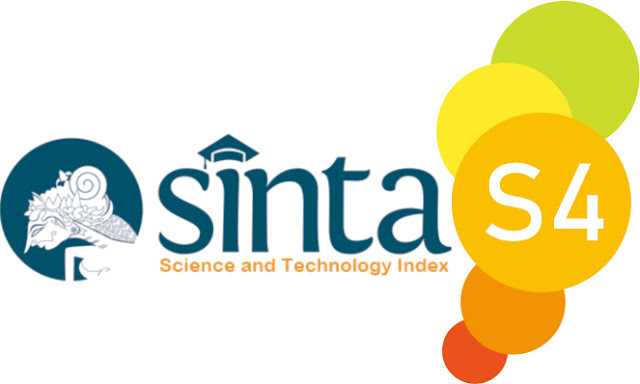Effectiveness of Implementing Acupressure Intervention at Points P6, Li4 and St36 to Reduce Nausea and Vomiting in Ca Mammary Patients: Case Study
DOI:
https://doi.org/10.53861/lontarariset.v6i2.562Keywords:
Acupressure, point c6, Li4, and St36, Ca mammae, Acupressure point c6, Li4 Ca mammary and St36, NauseaAbstract
Acupressure is one of the complementary therapies that can be done on chemotherapy patients to reduce nausea and vomiting. The purpose of this study was to describe the effect of acupressure on Points P6, Li 4 and St 36 in reducing acute nausea and vomiting in Ca Mammae patients undergoing chemotherapy. This research method used a special study approach and literature review with 2 respondents and 4 articles that were reviewed by linking the managed cases. Data analysis techniques in data collection used article analysis and nursing care through stages to evaluation. The research instrument used the Index of Nausea, Vomiting, and Retching (INVR) tools and nursing care formats. The results of this study where 4 articles explained the effectiveness of acupressure at points P6, Li 4 and St 36 were effective in suppressing nausea and vomiting. While the effectiveness of the intervention was seen from the results of the acupressure evaluation where within 3 days of management showed a change in the scale of nausea from moderate to mild.
Downloads
Downloads
Published
How to Cite
Issue
Section
License
Copyright (c) 2025 Bachtiar Safrudin, Erika Rahmawati

This work is licensed under a Creative Commons Attribution 4.0 International License.
Lontara Journal Of Health Science And Technology is licensed under Creative Commons.
The journal allows the author to hold the copyright of the article without restrictions.
The journal allows the author(s) to retain publishing rights without restrictions.
The legal formal aspect of journal publication accessibility refers to Creative Commons Attribution 4.0 International (CC BY 4.0).
The Creative Commons Attribution 4.0 International (CC BY 4.0) license allows re-distribution and re-use of a licensed work on the conditions that the creator is appropriately credited and that any derivative work is made available under “the same, similar or a compatible license”. Other than the conditions mentioned above, the editorial board is not responsible for copyright violations.











